Before I got my home NAS, I completely relied on various cloud services for everything, from photo and video backups to storing work files and scanned documents. It was convenient and just worked without me needing to set up the server and do the heavy lifting. But that convenience came at a cost that I didn’t fully grasp until I decided to take back control and manage my own storage. While cloud storage is still a better choice for a lot of users — and is a part of my setup too — it’s now more about where your data lives and why it matters to bring it a little closer to home.
6 Proximity creates peace of mind
You can actually see where your data is
With cloud storage, your data is stored in a data center far away from you — one that you don’t control. Sure, it comes with a lot of perks, making it a tempting choice, but the cost is peace of mind.
My NAS, on the other hand, sits in the cabinet in my room, where I hear its silent hum as a sign that my data is within my premises and not someone else’s. I can hold and repair the hard drives that hold my data myself. I have access to my stuff even when the internet is down — you know, as if I own the data and the server.
5 Convenience makes you complacent
The cloud addiction
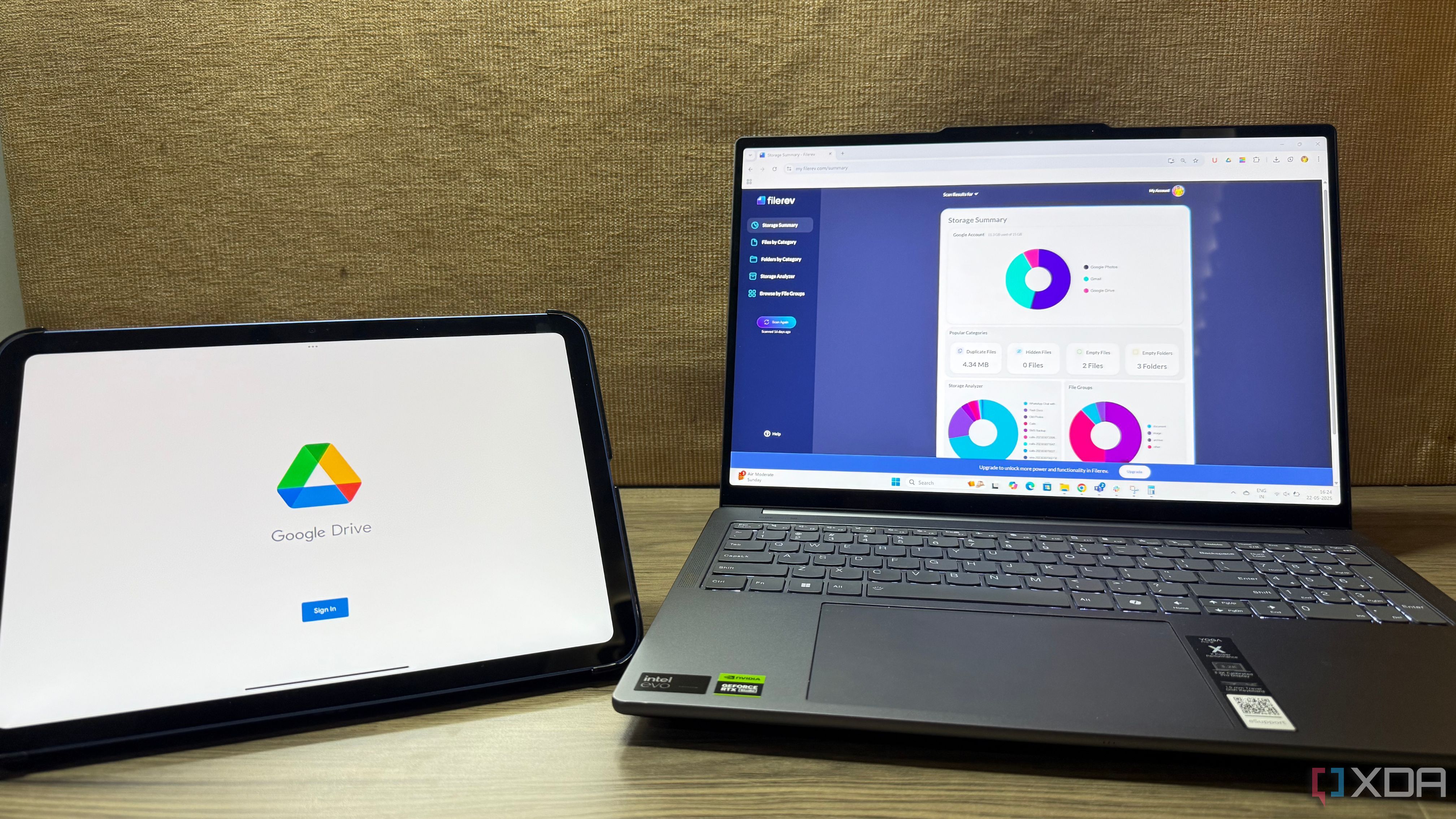
Cloud means convenience, but we seldom realize that it could also lead to complacency. After setting up sync tasks, backing everything on my phone and laptop to the cloud, I didn’t question where things went or how they were stored. I assumed it would all be sorted automatically by the ‘smart’ features cloud services keep touting.
However, due to backup errors, I often ended up with wrong file versions and duplicates. I always found out about these problems only when I needed to access a file quickly. With a NAS, I can look under the hood and figure out exactly what went wrong. It made me more aware of how my files are stored and take responsibility for keeping everything running like a well-oiled machine.
4 Local means control
And responsibility, too
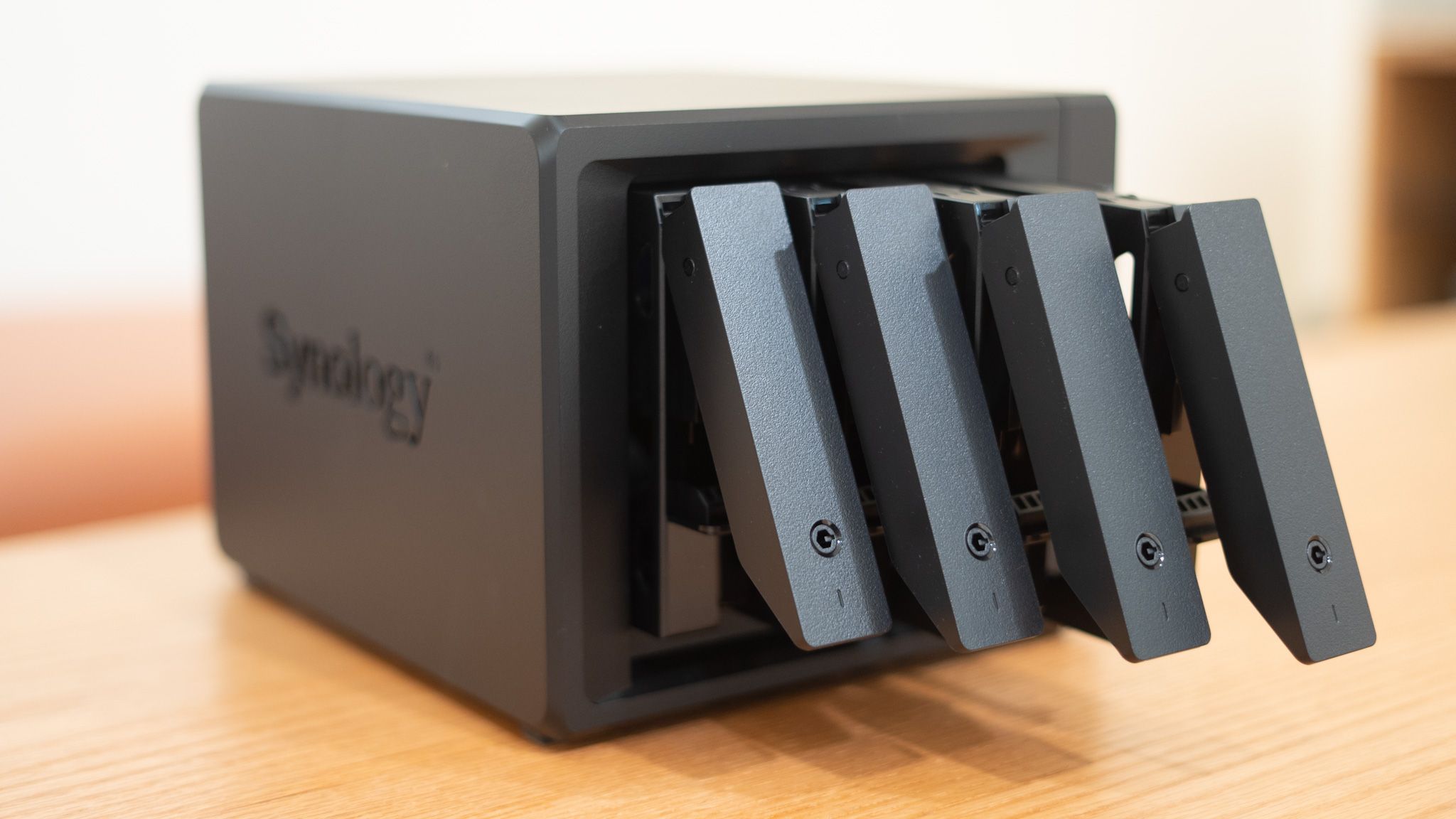
Running a home NAS server sure isn’t effortless — there are a lot of moving parts that you must care for on an ongoing basis. It isn’t as plug-and-play as cloud storage. That means you get your hands dirty monitoring disk health, setting up safety nets like RAID, configuring backup tasks, and keeping track of logs.
But that’s kind of the point of owning your own server. It is indeed more work, but you know exactly what went into creating the system, unlike the black hole that cloud storage is, where you get to tinker with only what the service provider lets you. Being more diligent about my data and the various workflows I created around it also brings me a sense of pride.
3 Trust in permanence
What you own isn’t going anywhere
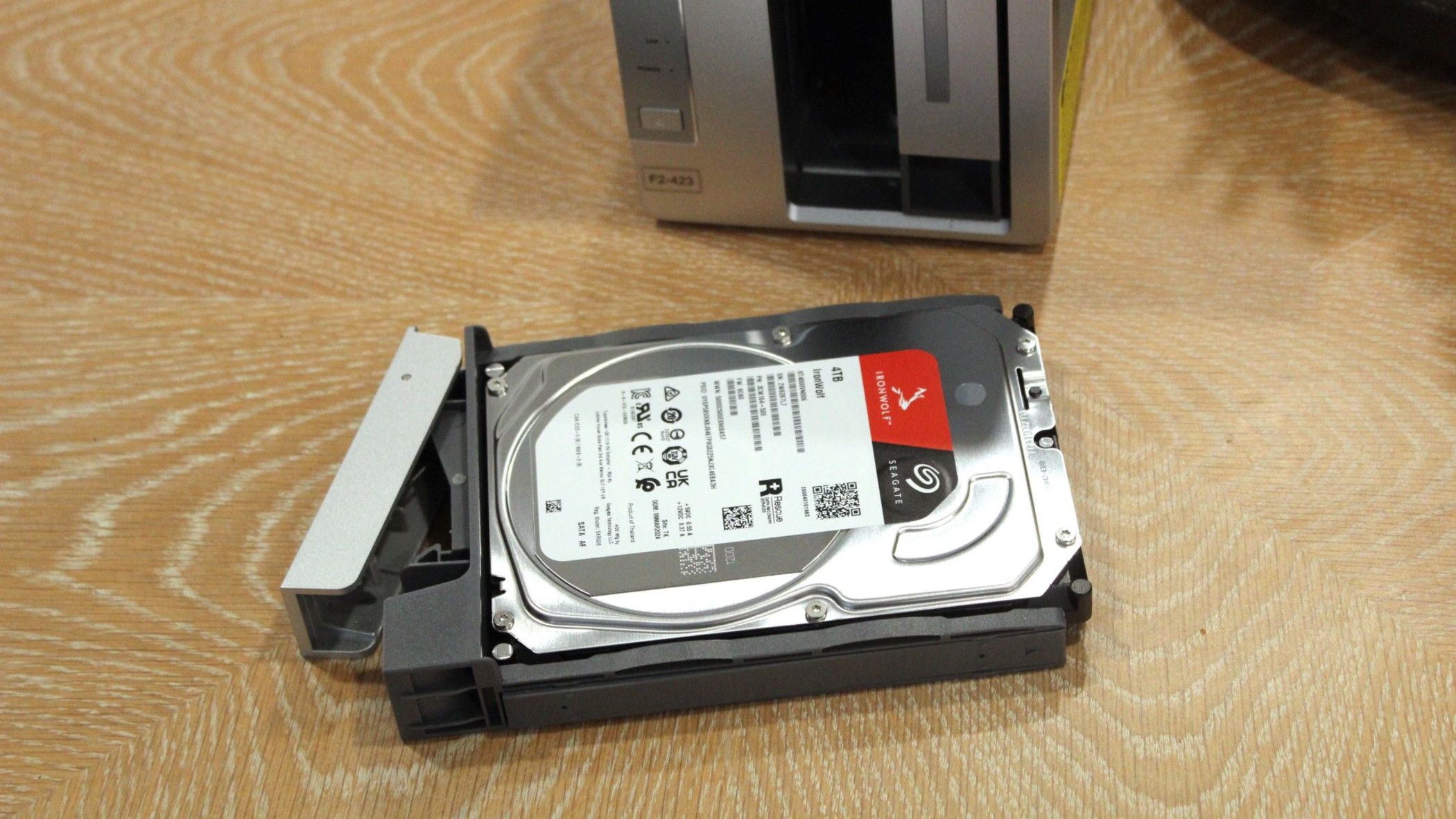
When comparing cloud and local storage, privacy becomes the hottest topic of discussion on most occasions. However, the permanence of features deserves equal importance. Cloud services vanish, their subscription plans change, accounts get locked, photos get compressed, or you get an email one day that the niche feature you relied on is going away. And you can’t fight those tech giants.
With NAS storage, I know that the only way of losing anything is if I mess something up. There is no fear of big tech. Even if the NAS maker is pushing an update that I know could break things, I can decide not to install it — I can take back control instead of getting decisions forced upon me. This lets me ensure the stability of my workflows so that I’m not dependent on ever-shifting terms of service. I must agree to continue accessing my data.
2 How much I’m paying for
And for what
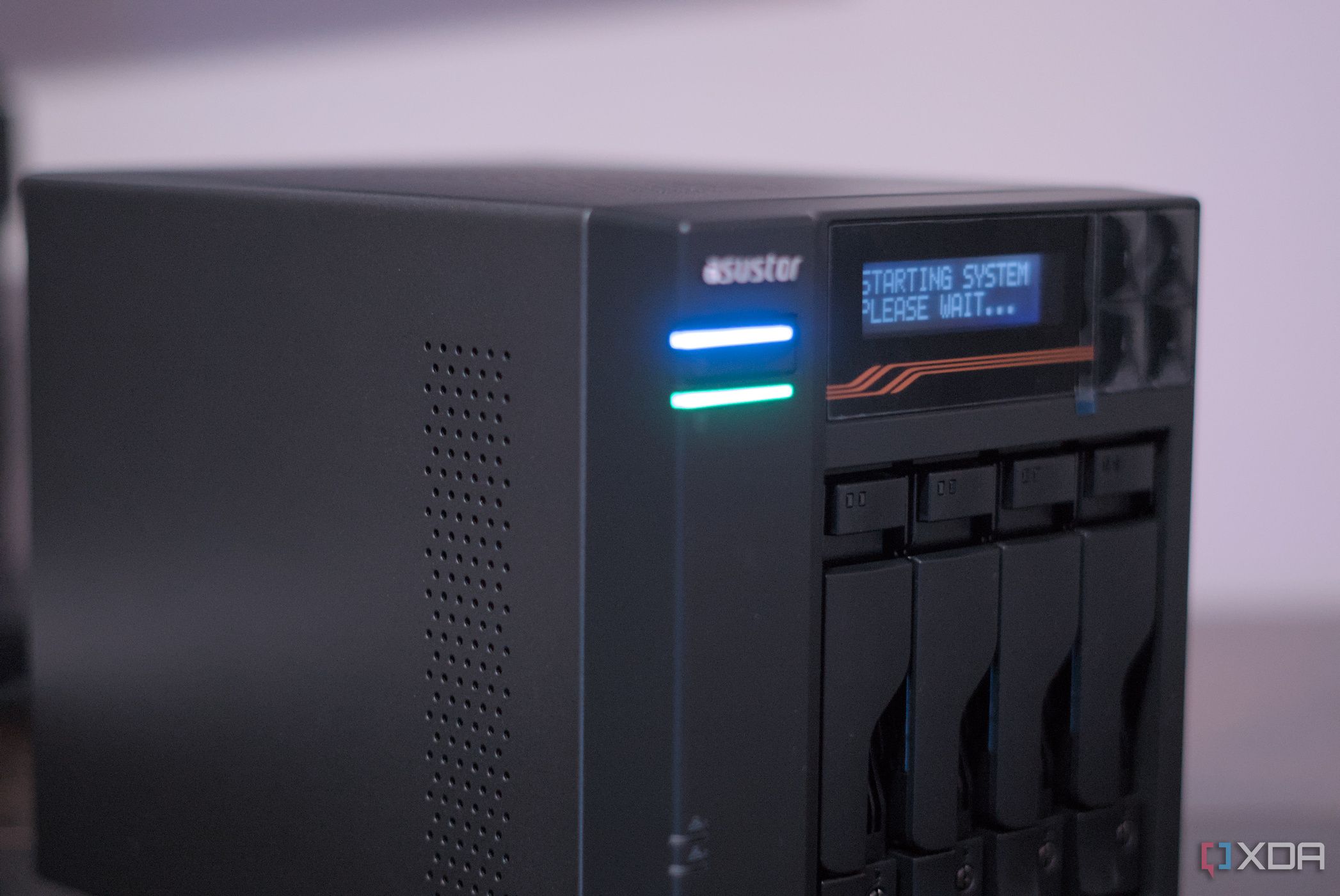
Getting yourself a home NAS does look like a substantial upfront investment, factoring in the cost of drives, UPS, and other accessories in addition to the enclosure itself. But that entire cost is upfront and finite, and I get several terabytes of storage space without any restrictions.
With cloud storage, I am renting space on someone’s server and on their terms — so I have to deal with limited transfer speeds, limits on file size and types, and more importantly, I must keep paying them to access my own stuff. And the cloud isn’t cheap either, especially if you want more than 2TB of space, which practically every person looking to move on from the cloud and invest in a NAS would want. When you start to compare the two, NAS starts appearing as a much more sensible option.
1 The intentionality of backups
They’ve become more ‘real’
Cloud providers maintain multiple backups of our data in their data centers, which are spread across different locations. But that backup system is not in my control—I have to trust the service that it’s taking adequate measures to keep my files safe from hardware failures and external attacks.
With a NAS, I bring that trust back to myself. I have established a routine to plug external drives into my NAS to back up important stuff. I frequently test restores to ensure backup integrity so that I’m not left stranded when I actually need to perform a restoration task following an incident. I even create off-site copies, and sometimes they include cloud backups too, as part of my system. But every single cog in this machine is intentionally placed for things to run smoothly.
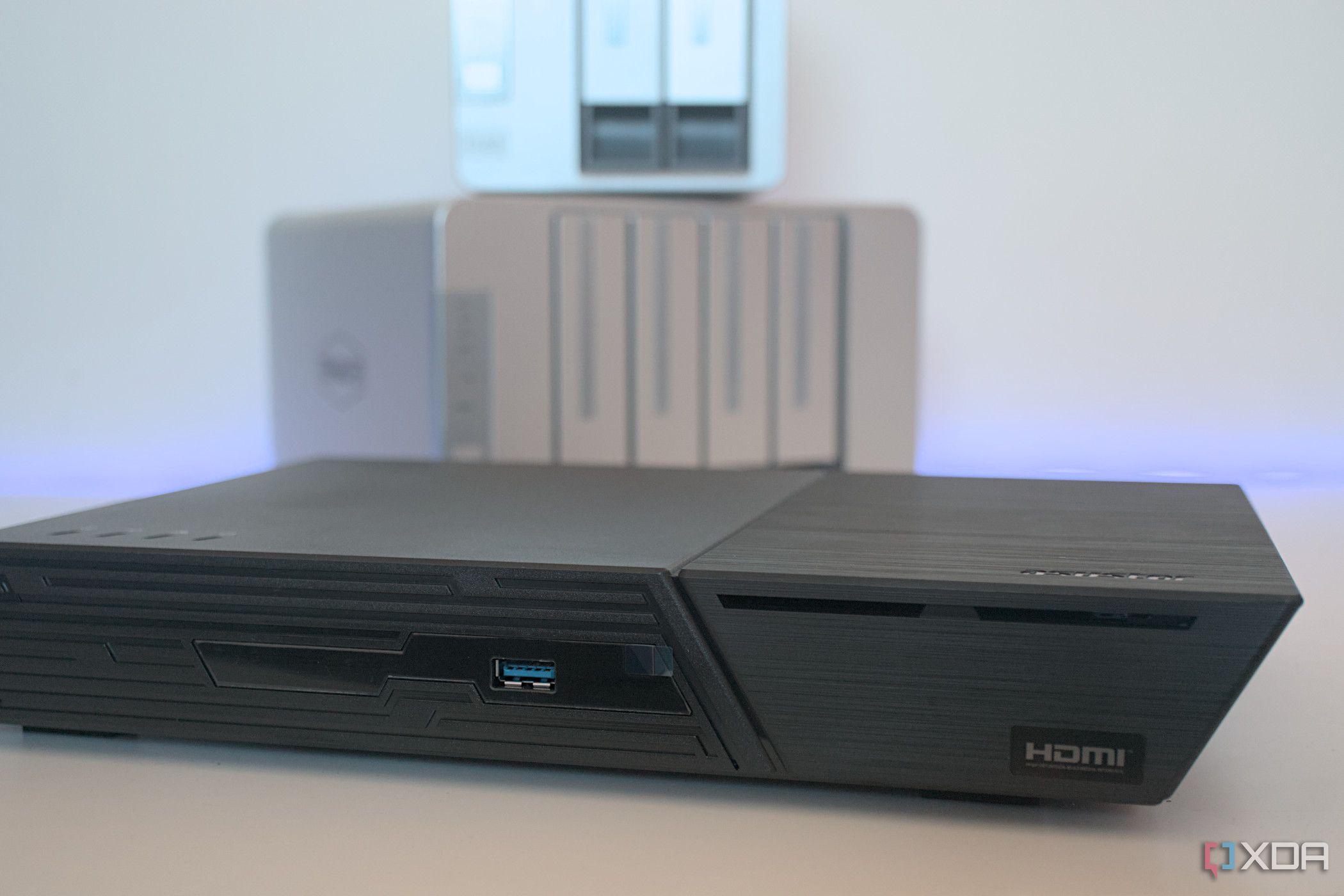
Related
Buying a NAS transformed how I back up all my devices — here's how
Buying a NAS for your home could be the best tech purchase you've made yet.
A NAS is indeed an upgrade from the cloud
Once you start using a NAS and discover all the ways it bests cloud storage, it becomes harder by the day to go back to a cloud solution. The sense of control is what keeps you in — you know exactly where your data is physically stored, which you can’t say about something like Google Drive. That said, not everyone in your family would be sold on the idea of control over their data. For a lot of users, convenience takes precedence over everything else, and that’s fair too. Thankfully, you can integrate your NAS into your family’s everyday life, where they can actually use it without actively thinking about it, just like cloud storage.
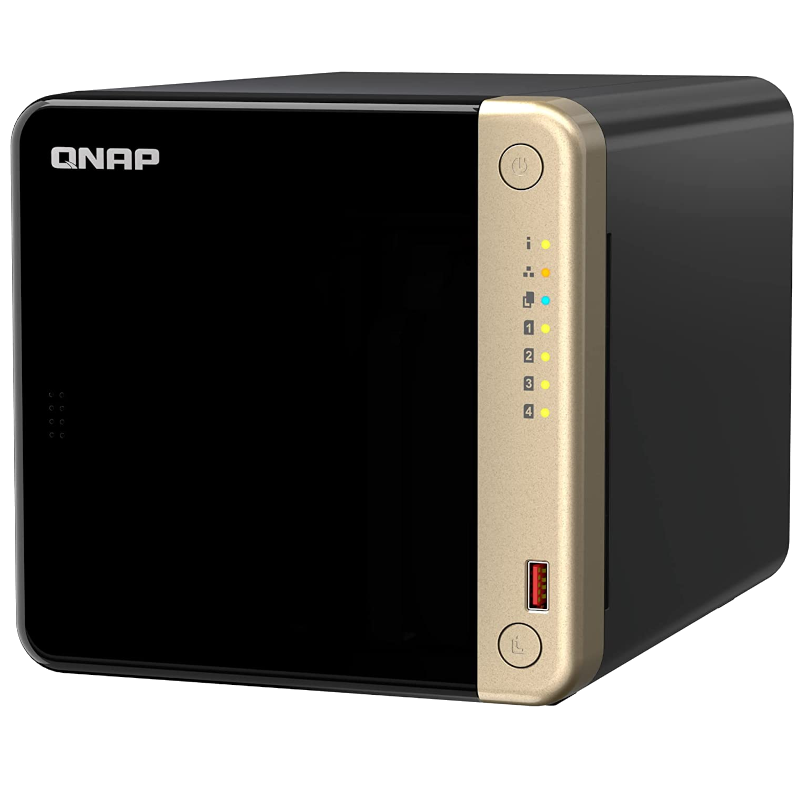
Brand QNAP
CPU Intel Celeron N5095
Memory 8GB DDR4 (max. 8GB)
Drive Bays 4
Expansion 2x M.2 PCIe 3.0, 1x PCIe Gen 3 x2
Ports 2x 2.5 GbE, 2x USB-A 3.2 Gen 2, 2x USB-A 2.0, 1x HDMI
QNAP's TS-464 is an impressive four-bay NAS with a striking design, powerful internal specs, and IR support for a remote control. If you're looking for the best-equipped NAS for running Plex (or other media solutions) without spending a small fortune, this is the NAS for you.
.png)
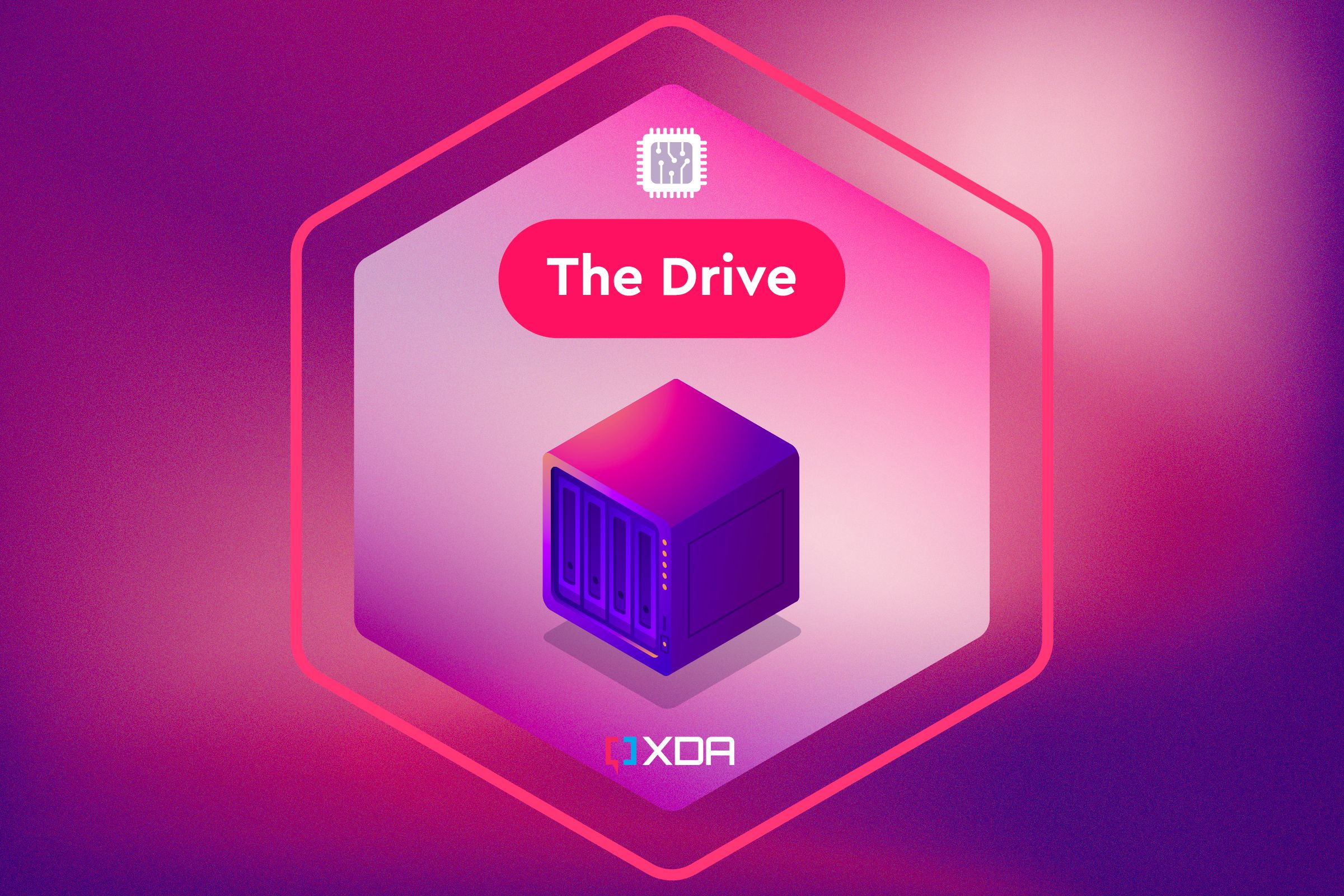










 English (US) ·
English (US) ·